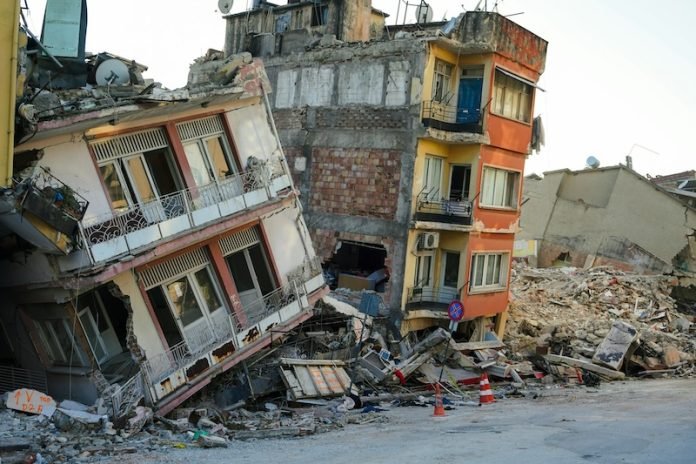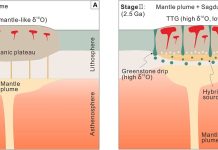
A team of over 50 scientists and engineers, led by the U.S. Geological Survey (USGS), has delivered a groundbreaking update in our understanding of earthquake risks across the United States.
Their work has culminated in the latest USGS National Seismic Hazard Model (NSHM), a comprehensive tool that highlights the potential for damaging earthquakes across nearly 75% of the country.
This significant update to the NSHM, a project requested by Congress, is more than just a scientific achievement.
It’s a crucial instrument designed to guide engineers, planners, and community leaders in strengthening the resilience of vulnerable communities against earthquake damage.
Using a blend of seismic studies, historical geologic data, and cutting-edge data-collection technologies, the team has crafted a detailed, color-coded map pinpointing areas most susceptible to earthquakes and the likely intensity of shaking.
One of the remarkable advancements in this new model is the identification of nearly 500 additional faults capable of producing damaging earthquakes, underscoring the dynamic and ever-evolving nature of earthquake research.
Mark Petersen, a USGS geophysicist and the lead author of the study, emphasized the collaborative nature of this massive, multi-year effort.
The involvement of federal, state, and local governments, alongside the private sector, has been pivotal in reaching this milestone for public safety.
This latest iteration, which marks the first comprehensive assessment covering all 50 states, builds upon previous versions published in different years for various regions: 2018 for the conterminous U.S., 2007 for Alaska, and 1998 for Hawaii.
The updated model presents significant changes. It indicates a heightened possibility of more damaging earthquakes along the central and northeastern Atlantic Coastal corridor, impacting major cities like Washington D.C., Philadelphia, New York, and Boston.
Furthermore, it points to an increased likelihood of intense shaking in the seismically active states of California and Alaska.
Hawai’i’s seismic risk profile has also been revised upwards, reflecting insights gleaned from recent volcanic eruptions and seismic unrest on the islands.
Petersen notes the challenge in earthquake forecasting, but he is confident that this new model represents a significant stride forward.
It incorporates a broader range of faults, improved characterization of land surfaces, and computational advancements in modeling, providing an unprecedentedly detailed view of the nation’s earthquake risks.
Key findings from the updated seismic hazard model are noteworthy:
Risk to People: The model suggests that nearly three-quarters of the U.S. population could experience potentially damaging earthquakes, highlighting a critical risk to hundreds of millions of Americans.
Widespread Hazard: The historical record shows that 37 U.S. states have experienced earthquakes exceeding magnitude 5 in the past two centuries, underlining a pervasive seismic threat.
Structural Implications: The updated model will inform the future of architecture and construction, offering essential guidance for building designs that can withstand seismic forces. This information is crucial for architects, engineers, and policymakers.
Unified Approach: For the first time, the National Seismic Hazard Model encompasses all 50 states in a single, cohesive effort, demonstrating the power of collaboration across various governmental levels.
Not a Prediction: While the model cannot predict earthquakes, it enhances our ability to assess the likelihood and potential intensity of future seismic events.
This updated seismic hazard model is more than just a scientific update; it’s a vital step towards enhancing national preparedness and building safer communities in the face of the ever-present threat of earthquakes.
The research findings can be found in Earthquake Spectra.
Copyright © 2024 Knowridge Science Report. All rights reserved.



